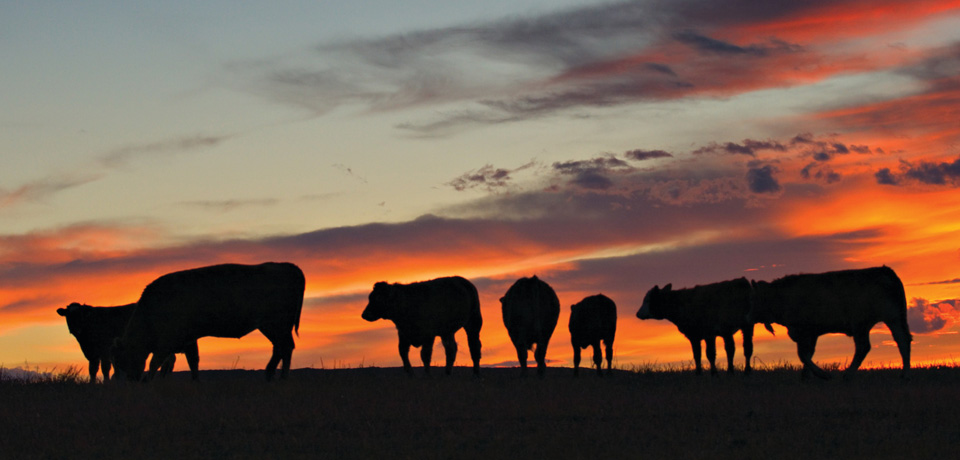Forage alone will not provide adequate levels of vitamins and minerals for cattle. For optimal immunity, lactation, growth and reproduction, animals require supplementation.
A vitamin and mineral program is an inexpensive way to prevent costly problems and get the most out of your herd.
When deciding which mineral product to feed, consider the stage and level of production of the animal, as well as its diet and water source. While minerals and vitamins are required year-round, there are times when mineral requirements are increased, such as breeding, calving and weaning. These increased requirements can be met by feeding chelated minerals.
Chelated minerals
Chelated minerals have been bonded to a small protein to increase absorption. The body easily absorbs the protein and the mineral gets carried along with it.
Chelated minerals are also useful when water quality is poor. Cattle consume three pounds of water for every one pound of feed and some minerals found in water — such as sulphur — can make other minerals unavailable. In this case, chelated minerals are a good option, particularly during times of increased mineral requirement.
Forage testing
Next, look at the herd’s diet to fill any vitamin and mineral gaps. A good way to do this is to send forages for testing.
The total diet should never have less than one part calcium to one part phosphorous. This is called the calcium to phosphorous ratio. This ratio should also never get above seven parts calcium to one part phosphorous.
- Cereal grains and forages have low levels of calcium, so when feeding diets high in these feeds, a mineral with a high calcium-to-phosphorous ratio, such as a 3:1 mineral, is necessary.
- To supplement native or grass pastures and forages, a 2:1 mineral is generally sufficient.
- When feeding legume forages or pasture, a 1:1 mineral is recommended.
In summary, during times of increased mineral requirement or in situations of poor water quality, consider feeding a chelated mineral. The optimal ratio of calcium-to-phosphorous in the total diet is between 1:1 and 7:1, so choose a mineral that will balance the ration as such.
If you have any questions, do not hesitate to ask your Co-op Feed Nutrition and Production Consultant.

